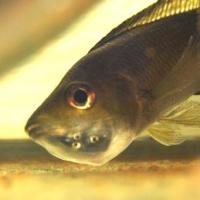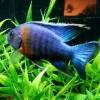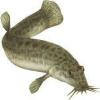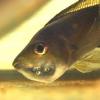At that size, I’d be relatively confident that you have a female.
Are you buying your fish from a shop or privately? If you are buying coloured fish and getting them home to find they lose colour over a few weeks, they may well have been “juiced”. These are fish that have been fed a “colour enhancing” food. These foods not only “enhance” the colour of male fish, but also make females take on the colour of males. Once the fish are off the food, they gradually lose their colour.
I’m assuming you are running a display tank. You will likely find that an all-male tank would run more harmoniously than one with a mix of males and females. The females give the boys more to fight over. The girls aren’t contributing to the colour in the tank, and are taking up the space that could be occupied by another colourful fish.
If you do decide to keep females, please don’t remove any fry from the tank, as mixed community tanks tend to be a hot-bed for hybrids. While most fry will likely get picked off by the adults in the tank, a small percentage will survive. You will need to work out how you are going to deal with these. Over time you may well end up with an increasing population of fish of doubtful parentage. Having an all-male tank means you just don’t have to worry about that side of things.
- dazzabozza likes this





 Find content
Find content


 Posted by
Posted by 
